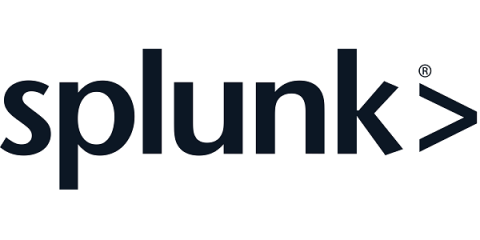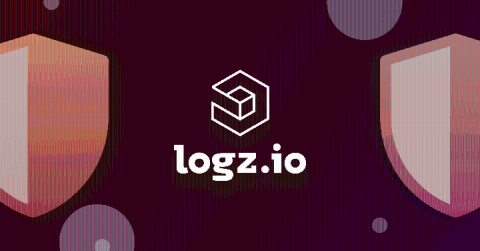Operations | Monitoring | ITSM | DevOps | Cloud
SIEM
Secure Your Endpoints with ESET and Logz.io
Watching too many movies might give you the impression that cyber attacks are launched by well-funded masterminds able to control the internet at their whim. But really, successful attacks can be as simple as disguising some malicious software as a link to an often-used site, and tricking people into clicking it, known as phishing. The result is that many cyber attacks are carried out by taking advantage of unsuspecting end users.
SIEM vs. SOAR: What's the Difference?
Cloud security is the combination of tools and procedures that form a defense against unauthorized data exposure by securing data, applications, and infrastructures across the cloud environment and by maintaining data integrity. To read more about the basic principles of cloud security, check out our previous article on the subject. Cloud security is a constant concern for R&D teams, and more and more methodologies are being introduced to help teams achieve their goals.
A Day in the Life: Secrets of a Top Splunk Security Analyst
At Splunk, we’re proud to employ some of the top security analysts in the industry. On any given day, they’re investigating security incidents, triaging alerts and identifying threats so our systems and data — as well as those of our customers — remain secure. But what, exactly, do Splunk security analysts do? And what are some of their biggest challenges?
What's New with Logz.io Cloud SIEM - August 2020
We have been busy adding new features to our growing list of abilities. Logz.io Cloud SIEM is no exception. Throughout 2020 we have been enriching our security incident and event management tool, refining threat intelligence, adding new dashboards, and improving the user experience to ensure there’s an eagle’s-eye view of the security challenges that organizations face. Here are a few of those updates that we have recently put to production.
ManageEngine named a 2020 Gartner Peer Insights Customers' Choice for Security Information and Event Management!
We’re excited to announce that ManageEngine has been recognized as a Customers’ Choice in 2020 Gartner Peer Insights “Voice of the Customer’: Security Information and Event Management (SIEM) for the second time. This is in addition to our recognition in Gartner’s Magic Quadrant for Security Information and Event Management, 2020 for four consecutive times. We are thrilled to be named this recognition yet again. What better way to be recognized than by our customers?
What Data Types to Prioritize in Your SIEM
Cloud SIEM: Getting More Out of Your Threat Intelligence - 3 Use Cases for IOCs
Building a Security Practice Powered by Cloud SIEM
Introduction to security monitoring
Security Information Monitoring or Security Event Monitoring is part of Security Information Management. Yes, I acknowledge they are flashy names and that even experts have their differences about concept and scope. Here in Pandora FMS, flexibility is part of our name, so, hereby, I will abbreviate it as Security Monitoring. As you can see, it is short and manageable!










